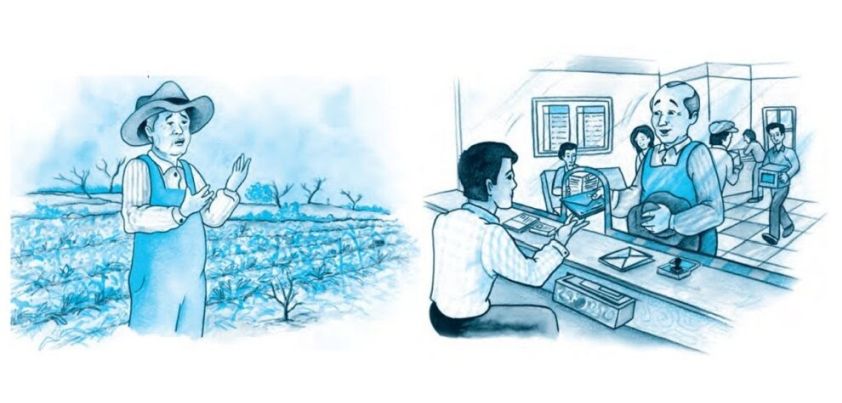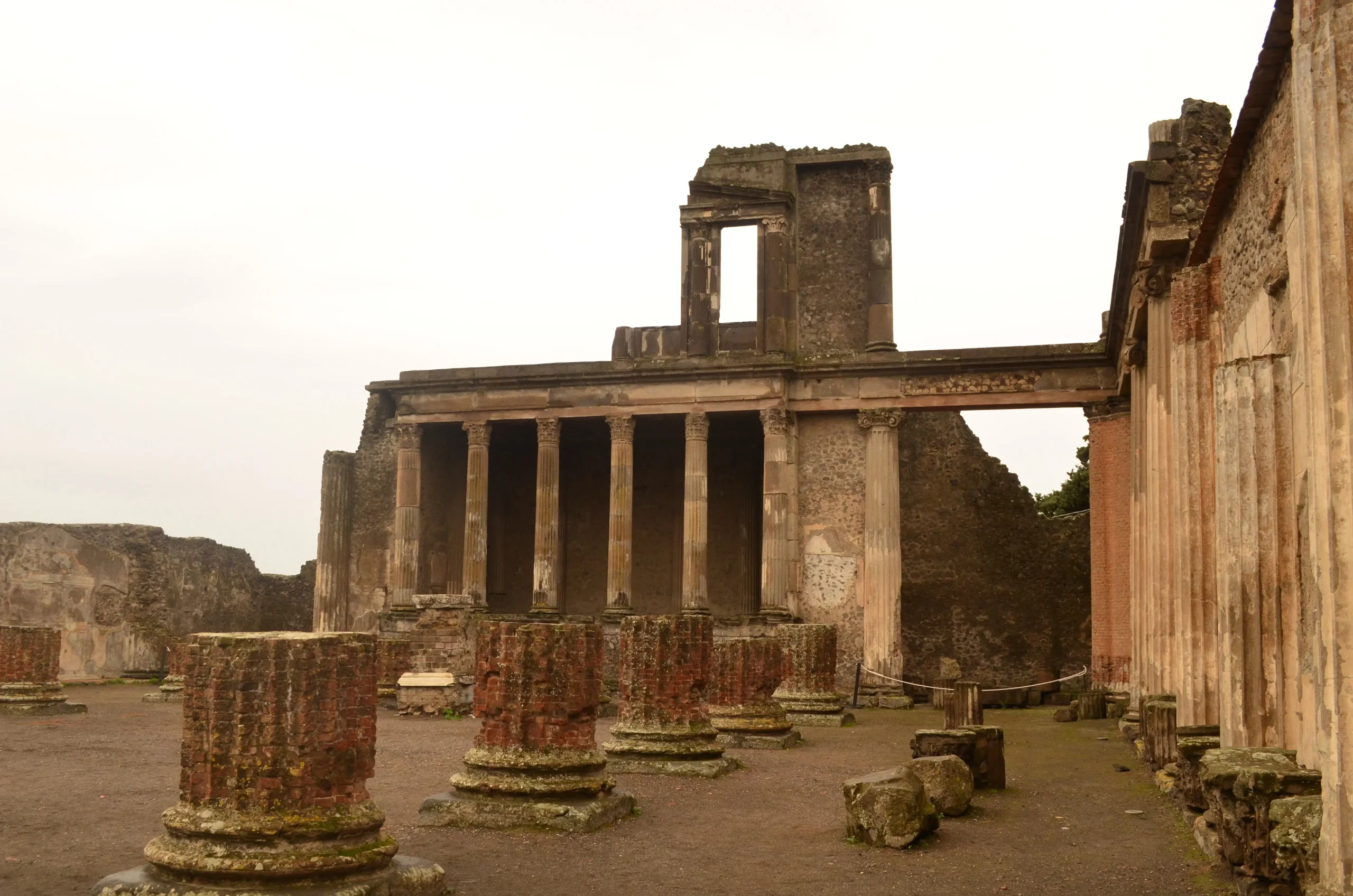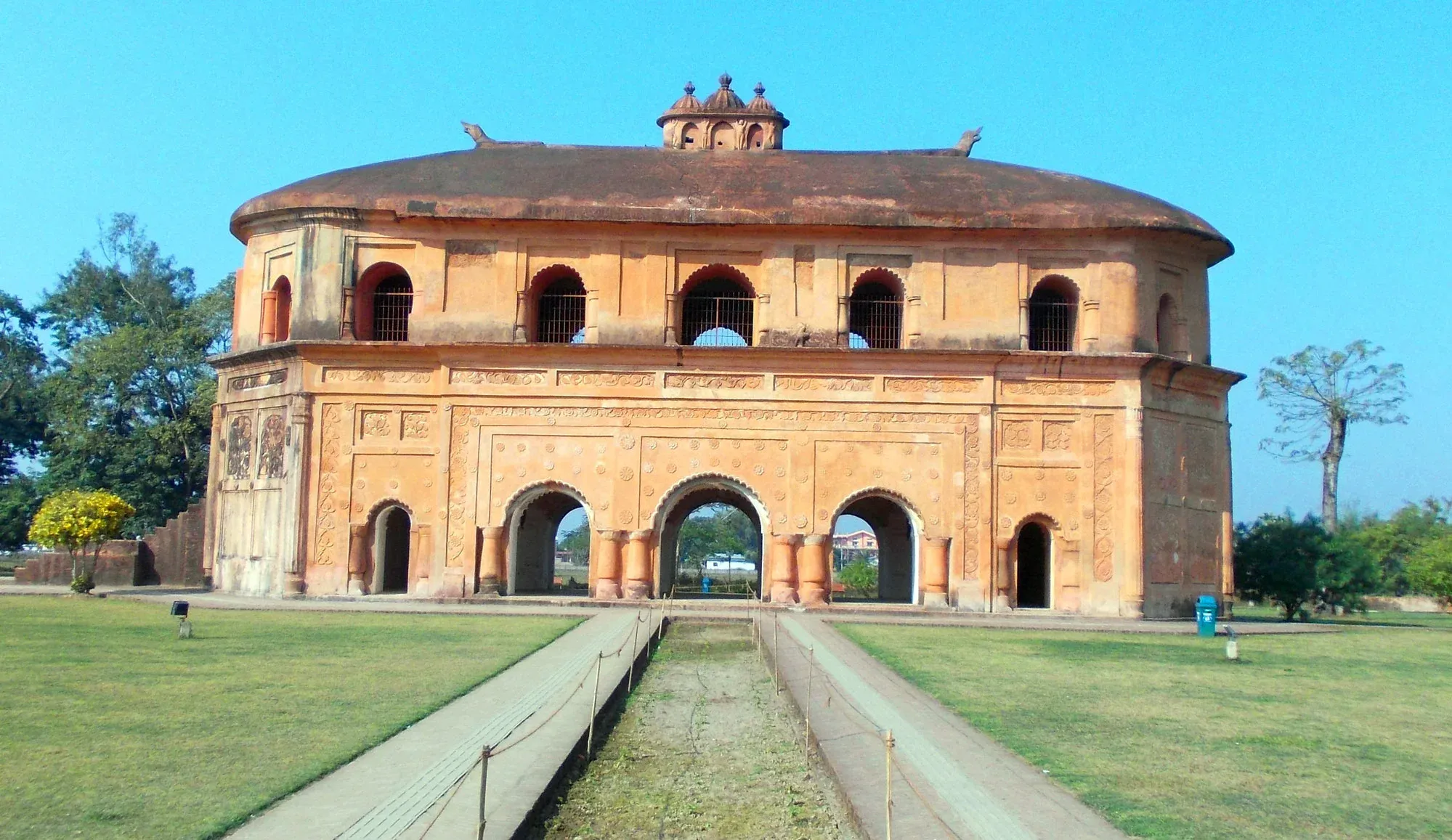A Letter to God” by G.L. Fuentes is a touching short story that explores faith, hope, and human nature. It tells the story of Lencho, a poor farmer whose crops are destroyed by a hailstorm, and his unwavering trust in God to help him in times of need. The narrative highlights the contrast between human kindness and skepticism, leaving readers with valuable moral lessons. For students and literature enthusiasts, practicing “a letter to god MCQ” questions is an excellent way to understand the story’s themes, characters, and events while preparing for exams effectively.
50 A Letter To God MCQs
- Who wrote “A Letter to God”?
a) William Wordsworth
b) G.L. Fuentes
c) Rabindranath Tagore
d) Mark Twain
Answer: b) G.L. Fuentes
- The story “A Letter to God” is primarily about:
a) A child’s school life
b) Faith and hope
c) A journey to the city
d) Historical events
Answer: b) Faith and hope
- The story is set in:
a) A big city
b) A village
c) A forest
d) A desert
Answer: b) A village
- What is the main theme of the story?
a) Friendship
b) Faith in God
c) War and peace
d) Adventure
Answer: b) Faith in God
- Lencho’s family relies mainly on:
a) Fishing
b) Farming
c) Business
d) Teaching
Answer: b) Farming
- The story is included in which class English curriculum?
a) Class 8
b) Class 9
c) Class 10
d) Class 12
Answer: c) Class 10
- The narrative is written in:
a) First-person perspective
b) Third-person perspective
c) Stream of consciousness
d) Diary format
Answer: b) Third-person perspective
- Lencho’s letter to God is written because:
a) He wants fame
b) He needs money for crops
c) He wants food
d) He is lonely
Answer: b) He needs money for crops
- How does the postmaster react to Lencho’s letter?
a) Ignores it
b) Is moved and helps
c) Complains
d) Laughs at it
Answer: b) Is moved and helps
- The story highlights the contrast between:
a) City and village
b) Faith and doubt
c) Summer and winter
d) Rich and poor
Answer: b) Faith and doubt
- What natural event destroys Lencho’s crops?
a) Flood
b) Hailstorm
c) Drought
d) Earthquake
Answer: b) Hailstorm
- How much money does Lencho ask for in the letter?
a) 50 pesos
b) 100 pesos
c) 150 pesos
d) 200 pesos
Answer: b) 100 pesos
- What does Lencho hope the money will help him do?
a) Buy a new house
b) Replant his crops
c) Send his children to school
d) Travel to the city
Answer: b) Replant his crops
- Who collects the money for Lencho?
a) Neighbors
b) Post office employees
c) His family
d) Village head
Answer: b) Post office employees
- The money collected for Lencho is:
a) Exactly 100 peso
b) Less than 100 pesos
c) More than 100 pesos
d) None
Answer: b) Less than 100 pesos
- Lencho believes the money comes from:
a) The government
b) God
c) His neighbors
d) The post office
Answer: b) God
- What does Lencho think about the post office employees?
a) He trusts them
b) He suspects them
c) He ignores them
d) He thanks them
Answer: b) He suspects them
- How many sons does Lencho have?
a) One
b) Two
c) Three
d) Not mentioned
Answer: d) Not mentioned
- How does Lencho feel after receiving the money?
a) Fully satisfied
b) Angry but grateful
c) Confused
d) Indifferent
Answer: b) Angry but grateful
- What lesson does the story teach about human behavior?
a) People are always honest
b) People can be selfish or kind
c) Faith is unnecessary
d) Money is more important than honesty
Answer: b) People can be selfish or kind
- Lencho’s character represents:
a) Selfishness
b) Faith and determination
c) Laziness
d) Humor
Answer: b) Faith and determination
- The postmaster can be described as:
a) Cruel
b) Compassionate
c) Lazy
d) Indifferent
Answer: b) Compassionate
- Lencho’s family can be described as:
a) Wealthy
b) Poor but hardworking
c) Lazy
d) Rich landlords
Answer: b) Poor but hardworking
- Who are the silent observers in the post office?
a) Villagers
b) Employees
c) Children
d) Friends
Answer: b) Employees
- Lencho’s faith is tested by:
a) The hailstorm
b) A neighbor’s complaint
c) Poverty
d) School exams
Answer: a) The hailstorm
- Lencho is confident that God will:
a) Ignore him
b) Answer his letter
c) Punish him
d) Send rain
Answer: b) Answer his letter
- The postmaster admires Lencho for his:
a) Hard work
b) Faith
c) Humility
d) Wisdom
Answer: b) Faith
- Lencho’s reaction at the end shows:
a) His humor
b) Blind trust in God
c) Complete understanding of humans
d) Fear
Answer: b) Blind trust in God
- The story does NOT mention:
a) Lencho’s wife
b) The amount of crops destroyed
c) The names of children
d) The village’s name
Answer: d) The village’s name
- Lencho believes that only God:
a) Can help him in times of need
b) Will punish him
c) Cannot hear him
d) Needs money
Answer: a) Can help him in times of need
- The hailstorm in the story symbolizes:
a) Happiness
b) Misfortune
c) Wealth
d) Celebration
Answer: b) Misfortune
- Rain in the story initially represents:
a) Trouble
b) Hope and prosperity
c) Ignorance
d) Danger
Answer: b) Hope and prosperity
- Lencho’s letter symbolizes:
a) His frustration with humans
b) His unwavering faith in God
c) His desire for wealth
d) His laziness
Answer: b) His unwavering faith in God
- The story reflects the human tendency to:
a) Always lie
b) Distrust others even when helped
c) Always be honest
d) Forget hardships quickly
Answer: b) Distrust others even when helped
- The ending of the story is an example of:
a) Dramatic irony
b) Sarcasm
c) Foreshadowing
d) Allegory
Answer: a) Dramatic irony
- The postmaster’s secret help demonstrates:
a) Selfishness
b) Kindness and generosity
c) Revenge
d) Indifference
Answer: b) Kindness and generosity
- Lencho’s family shows:
a) Carelessness
b) Dependence on nature
c) Greed
d) Laziness
Answer: b) Dependence on nature
- The story emphasizes the value of:
a) Material wealth
b) Faith and hope
c) Power
d) Education
Answer: b) Faith and hope
- The story’s tone can be described as:
a) Humorous
b) Serious yet ironic
c) Tragic
d) Aggressive
Answer: b) Serious yet ironic
- Lencho’s belief in God is an example of:
a) Cynicism
b) Blind faith
c) Rational thinking
d) Anger
Answer: b) Blind faith
- The story highlights the irony between:
a) City life and village life
b) Faith in God and doubt in humans
c) Teacher and student relationships
d) Rich and poor families
Answer: b) Faith in God and doubt in humans
- Lencho writes a second letter to:
a) His neighbor
b) The postmaster
c) God
d) The mayor
Answer: c) God
- The post office employees collect money:
a) Publicly
b) Secretly
c) By writing letters
d) Through government aid
Answer: b) Secretly
- How does the author create suspense in the story?
a) By introducing a mystery
b) By showing the uncertain outcome of Lencho’s prayer
c) By using humor
d) By describing festivals
Answer: b) By showing the uncertain outcome of Lencho’s prayer
- The main irony in the story is that:
a) Lencho is punished for faith
b) God sends money, but Lencho blames humans
c) The crops survive without rain
d) The postmaster refuses to help
Answer: b) God sends money, but Lencho blames humans
- Lencho’s trust in God is shown through:
a) His constant complaints
b) Writing the letter asking for 100 pesos
c) Ignoring nature
d) Running away from home
Answer: b) Writing the letter asking for 100 pesos
- The story belongs to which literary genre?
a) Mystery
b) Satire and short story
c) Historical fiction
d) Novel
Answer: b) Satire and short story
- The simplicity of Lencho’s language in the letter shows:
a) His education
b) His straightforwardness and sincerity
c) His wealth
d) His humor
Answer: b) His straightforwardness and sincerity
- What is the major human flaw depicted in the story?
a) Laziness
b) Distrust
c) Arrogance
d) Carelessness
Answer: b) Distrust
- The moral of “A Letter to God” can be summarized as:
a) Only God can solve problems
b) Faith, hope, and human kindness coexist, but humans may fail us
c) Wealth brings happiness
d) Nature is always cruel
Answer: b) Faith, hope, and human kindness coexist, but humans may fail us
Conclusion
“A Letter to God” is more than just a simple story; it reflects faith, hope, and the complexities of human nature. Lencho’s unwavering trust in God, combined with the postmaster’s quiet kindness, teaches readers important lessons about belief, generosity, and human behavior. Understanding these themes is crucial for students studying the story, as it deepens comprehension and appreciation of literature. Practicing “a letter to god MCQ” questions not only helps in remembering key events and characters but also strengthens analytical skills, ensuring that learners are well-prepared for exams while enjoying the story’s moral and emotional depth.





